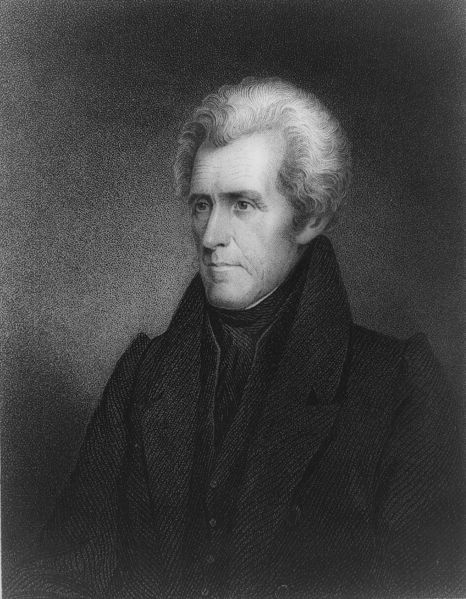On May 28, 1830, President Andrew Jackson signed the Indian Removal Act into law. This act aimed to relocate Native American tribes west of the Mississippi River, making their territory east of the river available for increased white settlement and economic growth. This controversial legislation resulted in the movement of around 60,000 Native Americans from at least 18 different tribes to their newly designated territories.
Many Americans supported the Indian Removal Act during its time. Colonists believed Native tribes needed to assimilate into white civilization. They considered their own customs superior and viewed Native Americans as savages. Additionally, they felt that their concept of property ownership was more legitimate than the Native American land tenure system. The southern states, in particular, advocated for expansion into Native American territories. Andrew Jackson argued that moving the southern states westward into Native lands would significantly increase the states’ populations, wealth, and economies. Historians have noted that Jackson believed the demise of Native American culture was inevitable, and he viewed his push to relocate Native tribes as an act of mercy. Although there was significant opposition to the legislation in the northern states, they were outvoted in both the Senate and the House of Representatives.
Although the Indian Removal Act stated that the President could “negotiate terms” regarding land with Native Americans, in reality, many Native tribes were forcibly relocated. Some tribes accepted their fate and moved willingly, while others resisted. Most notably, the Cherokee tribe was compelled to relocate nearly 100,000 people in a westward march known as the Trail of Tears. This event, now regarded as a genocide, led to the deaths of many Native Americans due to disease, starvation, and exposure. The Indian Removal Act and the Trail of Tears represent a tragic chapter in American history.

